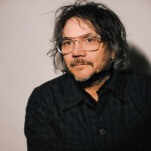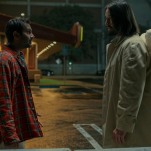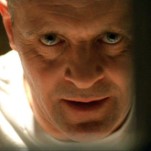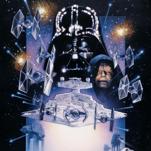For The Record: Conversations with People Who Have Shaped the Way We Listen to Music by Red Bull Music Academy
Deep Hidden Meaning
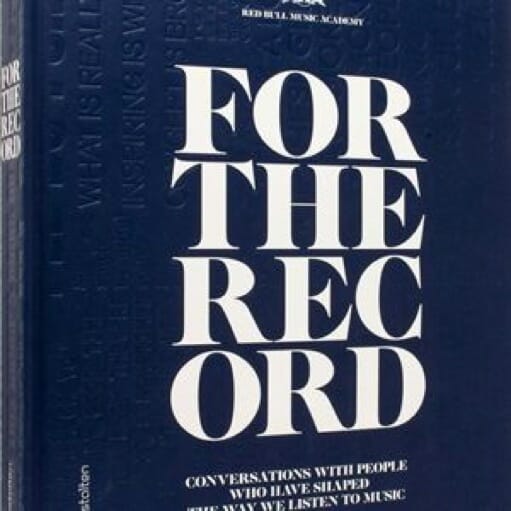
What kind of thinking leads to massive hits and new musical trends? This new book offers a look at the thought processes of a group of musical creators, from Motown arranger Paul Riser to hip-hop beat-maker Just Blaze.
The concepts that artists rely on when creating commercially and artistically successful music can be difficult to pin down. Maybe a musician won’t share his or her secrets, worried that those treasures will promptly be stolen by the hordes of competitors. Or perhaps producers can’t actually describe the sparks that lead to their precious creations—it’s too difficult to capture that inspiration, wrestle it to the ground, put it into language.
For The Record tries to solve this problem by placing famous musicians in conversation with each other. Nile Rodgers, for example, the guitarist from disco-aficionados Chic, talks with Martyn Ware, who had ‘80s success with the likes of the Human League and Heaven 17. Jaki Leibezeit, drummer in the avant-garde German group Can, talks with Bernard Purdie, a player with James Brown, Quincy Jones and Steely Dan, and one of the most prolific and talented drummers in ‘60s and ‘70s R&B and pop.
Reading musicians’ thoughts about their art helps draw connections among several of the genres, and it creates a broader picture of what might lead to artistic achievement. For the collection of musicians in this book, who traffic mainly in disco, rap and electronic music, inspiring movement stands apart as a crucial element—even if, like the drummer in Can or Throbbing Gristle guitarist Cosey Fanny Tutti, we don’t explicitly associate the artists with “dance music.” Movement provides purpose.
For Purdie, the path to artistic freedom leads straight to a dancing audience. He believes, “I need folks to dance. When you dance, you got ‘em. You got ‘em lock, stock, and barrel. Then we can do anything we want.” Purdie’s drumming on Aretha Franklin’s “Rock Steady” provides a good example—his rhythm exerts an undeniable pull, flitting lightly, landing forcefully. The only elements the song requires to function? Purdie and Franklin. You could take away the bass, the guitar, and the other rhythm instruments and rebuild the song however you liked, with an orchestra, a brass band, or a group of kazoos. Purdie helps snare the listener, and once that happens, the musicians open a whole new world of possibilities.
For famous reggae drummer Sly Dunbar, the call to boogie feels just as basic: Inciting coordinated (or, as is often the case, uncoordinated) movement among listeners is the principal reason to make music. Like eating or breathing, “If you’re not dancing, something is wrong.” This guiding principle has allowed Dunbar to play with a huge group of artists, starting in reggae—Culture’s Two Sevens Clash, for example, or Black Uhuru’s Red—then expanding into other fields. He worked on albums by Grace Jones and Gwen Guthrie, who released a sinuous combination of funk, pop, and disco. He held down the beat for Bob Dylan and Talking Heads. But if Dunbar’s belief seems basic, obviously it’s easier said than done. Few other drummers have appeared on as many important recordings.
If rhythms get too tricky, dancing gets too difficult. This also relates to the other guiding principle for many musicians in the book: simplicity.
-

-

-

-

-

-

-

-

-

-

-

-

-

-

-

-

-

-

-

-

-

-

-

-

-

-

-

-

-

-

-

-

-

-

-

-

-

-

-

-








